Anti-tank complex CCMS-H. New plans for the US Army
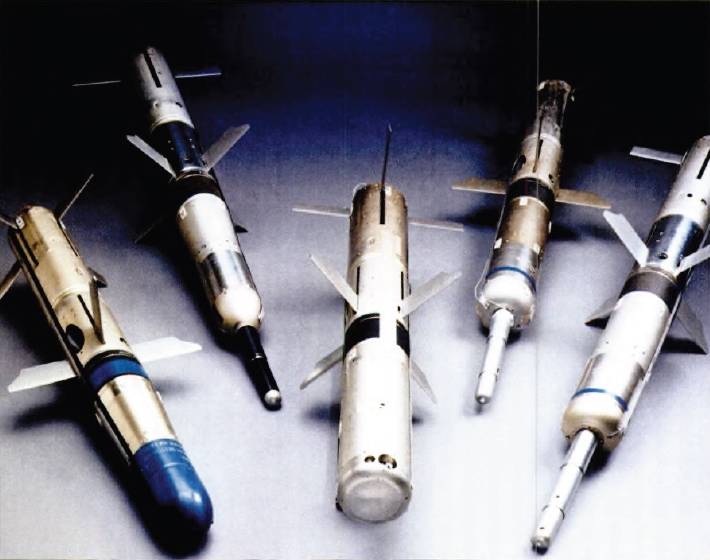
In 1970, the latest anti-tank missile system BGM-71 TOW entered service with the US Army. Thanks to a number of upgrades, this ATGM is still in service and is the main system of its class. However, in the distant future, they plan to abandon it in favor of a promising system. Preliminary work in this direction has already begun.
Plans for the future
On April 7, Fort Benning (Georgia) hosted the annual conference of the Maneuver Capabilities Development and Integration Directorate, dedicated to the development of ground forces weapons. During the event, Melee Capabilities Leader Mark Andrews revealed current plans to replace legacy TOWs.
The Pentagon plans to launch the Close Combat Missile System-Heavy (CCMS-H) program, during which an existing or future ATGM will be selected that meets the new requirements of the army. The current version of the requirements for such a complex provides for an increase in all tactical and technical characteristics, the appearance of different modes of operation, simplification of operation, etc.
So far, we are talking only about the preliminary version of the requirements. In the future, after obtaining the appropriate permits and funding, a full-fledged program is expected to start. Then the competitive part of the program will be held, according to the results of which the winner will be selected. Serial production of new anti-tank systems and deployment in the troops will begin no earlier than 2028-30.
During the conference, they also clarified a promising ATGM in the troops. Self-propelled combat vehicles with the new missile will be used at the platoon and company level. At the same time, it is possible to bring them to a higher level, up to the brigade. However, the exact aspects of the deployment and application of CCMS-H remain uncertain.
New requirements
M. Andrews revealed the basic requirements for the future ATGM. As before, it is proposed to create a complex of a heavy class for placement on various equipment, however, it is necessary to significantly increase the main characteristics and introduce new capabilities.
The CCMS-H missile should hit targets at a distance of 10 km. In this case, the flight should take place at altitudes of no more than 3 thousand feet (912 m) above the ground - the calculations of anti-tank systems should not depend on the characteristics of the air situation. It is necessary to increase the flight speed in comparison with current products.
It is proposed to implement in one complex several different principles of guidance and control. The rocket should be guided by commands from the launcher, and also have a "fire-and-forget" mode. It is also required to provide for the possibility of capturing a target before and after launch, incl. after arriving in the area with the given coordinates.
The warhead of the missile must ensure the destruction of existing and expected armored vehicles and fortified structures. It is proposed to reduce the minimum firing range. On current missiles, the warhead is cocked after 1-2 km of flight, and in the future, this distance should be reduced to 100 m. The missile should be resistant to any means of target protection, from "soft" means of suppression to active protection.
In addition to the basic requirements, there are additional ones, the fulfillment of which is still considered optional, but desirable. Self-propelled ATGM can be able to track the target, fire and guide the missile on the move. Its equipment could help the operator identify and identify targets, determine their priority and distribute tasks between several combat vehicles. It would be useful to reduce the role of satellite navigation, which is vulnerable to enemy attacks.
Sample for replacement
The promising CCMS-H ATGM is considered as a future replacement for the TOW systems of all existing modifications. At the moment, it is the TOW of several versions that are the main anti-tank weapon of the US Army and Marine Corps. In addition, such ATGMs are in service with fifty foreign states.
Depending on the modification, BGM-71 missiles have a length of up to 1,5 m and weigh up to 23 kg. The maximum flight range reaches 4,2 km at a speed of up to 278 m / s - a flight to the maximum range takes approx. 20 sec. There are several types of cumulative warheads with penetration up to 850-900 mm behind ERA. All major TOW modifications use semi-automatic guidance, in which the launcher equipment transmits commands to the missile along unwound wires.
The US Armed Forces use several versions of the TOW ATGM. The ground forces and the ILC use portable complexes. In addition, the army has over 1000 units. self-propelled ATGM M1167 based on HMMWV and over 130 units. M1134 machines on the Stryker chassis. More than a hundred similar LAV-AT machines are operated in the KMP. In the United States and in several foreign armies, TOW is used as weapons for helicopters.
Now there are several main complaints against the TOW ATGM. The army is not satisfied with the limited firing range, which no longer gives advantages over the enemy. The low speed of the rocket is also criticized - it increases the duration of the flight, reduces the likelihood of hitting the target and leads to risks for the calculation. Despite all the upgrades, the complex retains a fairly old guidance system, and the characteristics of the warhead do not provide a guaranteed defeat of modern tanks.
Project Perspectives
In light of TOW's age and known shortcomings, launching CCMS-H seems like a logical and expected step. In the coming years, the issues of insufficient characteristics and general obsolescence of the BGM-71 will increase their relevance, and therefore it is now necessary to think about replacing this rocket.
The announced requirements for a promising ATGM system reflect both the needs of the American army and current trends in the development of anti-tank systems. So, the range requirements indicate a desire to catch up with the leading foreign samples. The desired appearance of guidance systems also resembles foreign developments. However, it is possible to create and implement completely new solutions in different areas. In particular, it is very interesting how the issue of increasing the missile's resistance to enemy defenses will be resolved.
A promising ATGM is designated as heavy. This means that it will be used mainly with various self-propelled platforms. Currently, HMMWV, Stryker, etc. are used in this role, and by 2030 new media types should be used. Whether a portable version of the infantry complex will be created is unclear.
Probably, in the near future, the Pentagon will prepare the final version of the requirements for CCMS-H, which will allow the launch of full-scale work on the new program. It should be expected that a number of American companies with promising projects will join it. In addition, foreign organizations can participate in the competition. So, most of the announced requirements are met by some complexes of the Israeli Spike family.
Since we are not talking about the modernization of the existing model, but about the development of completely new weapons, the CCMS-H program can stretch over several years. Obviously, the Pentagon understands this and makes realistic estimates. It will be possible to complete the development and start rearmament no earlier than 2028-30. The estimated cost of the program and specific products are not yet ready to name.
Update issues
The CCMS-H program has not yet officially started and the development of a new ATGM has not yet begun, and they plan to spend 8-10 years on the work. During this time, the US Army will have to use the aging TOW systems, which already do not meet all the requirements. In the future, this situation will only get worse, and any delay in the new program threatens the rearmament and combat capability of the army.
The requirements clearly indicate that the CCMS-H program will be complex, expensive and time-consuming. At the same time, their successful implementation will allow the United States to obtain a promising anti-tank system, at least not inferior to foreign models. Will it be possible to fulfill all the tasks set - it will become known only in a few years. In the meantime, the main issue is the launch of a new program.
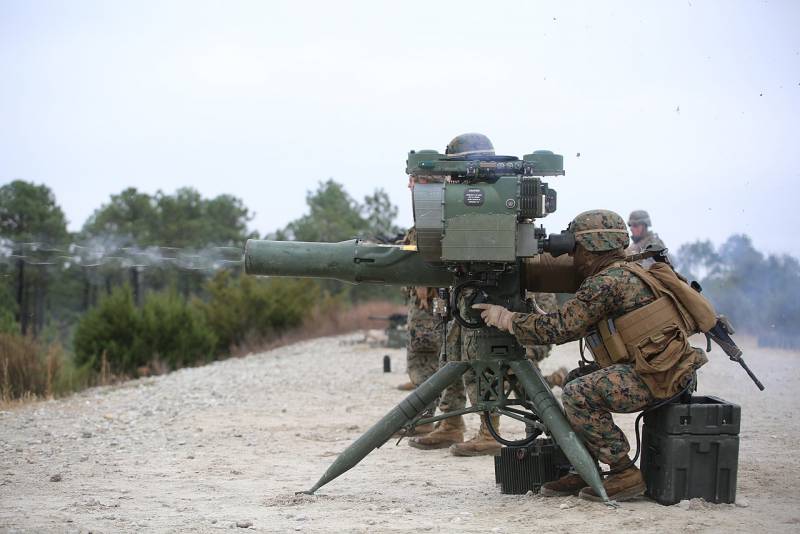
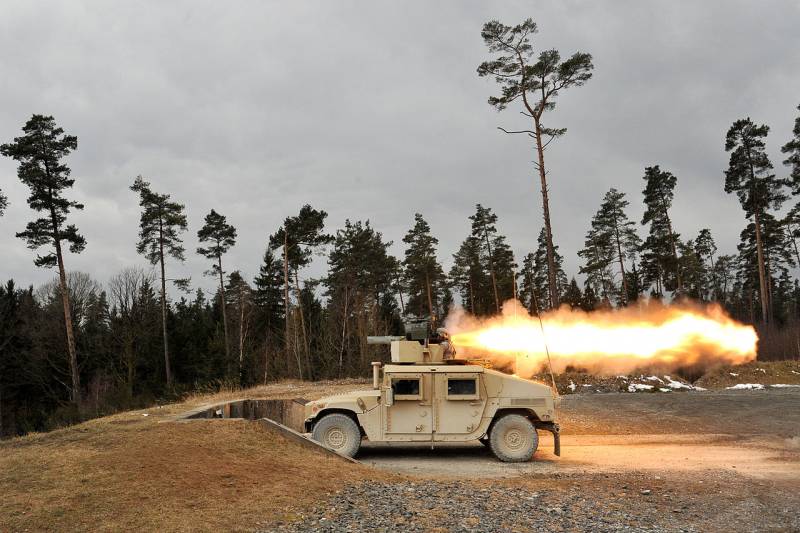
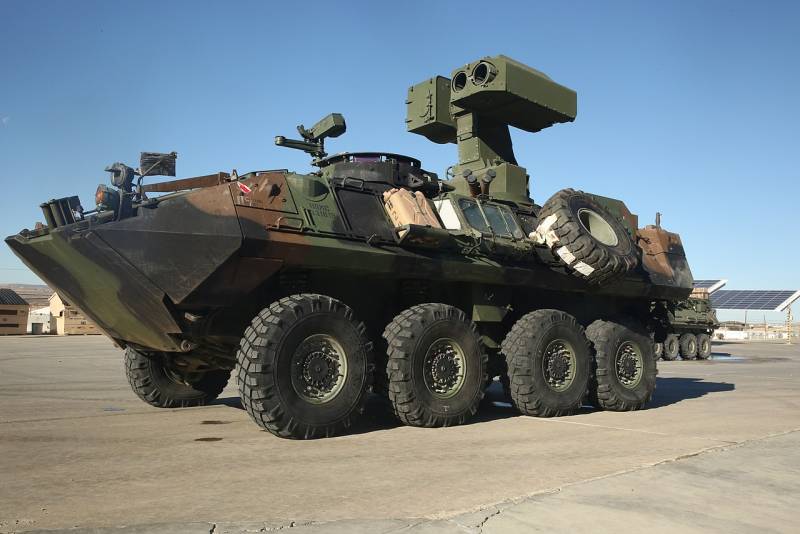
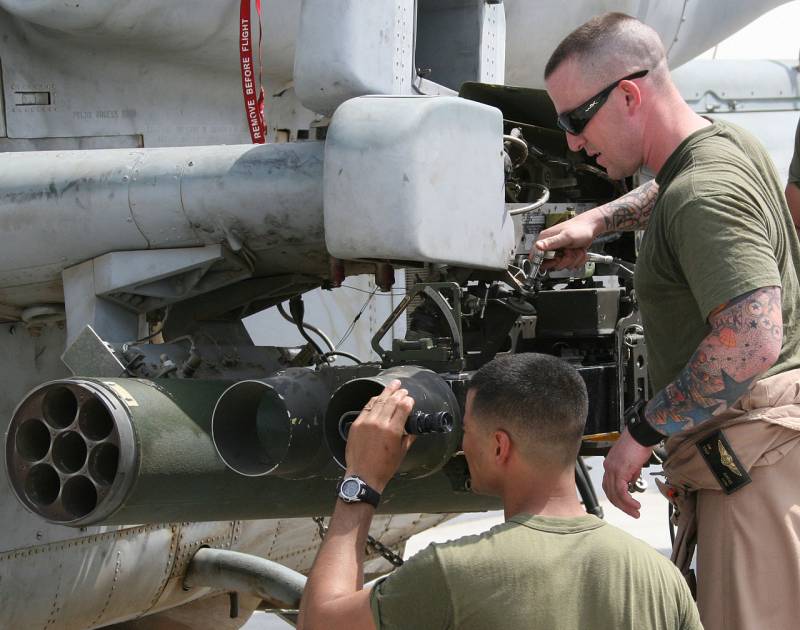
Information